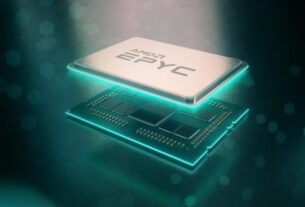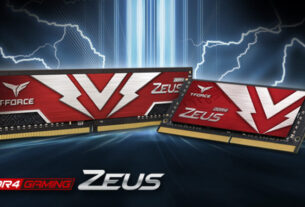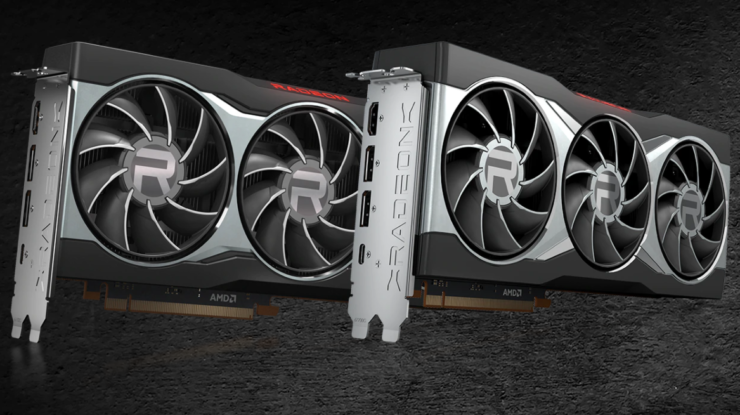
The AMD Radeon RX 6800 series graphics cards are official and they come in two Big Navi “RDNA 2” GPU powered flavors, the Radeon RX 6800 XT and the Radeon RX 6800. The AMD Radeon RX 6800 series of graphics cards are made for enthusiasts gamers, offering huge gains over its predecessors and insane performance out of the box.
AMD Radeon RX 6800 “Big Navi” RDNA 2 Graphics Cards Official – RX 6800 XT 16 GB For $649 US, RX 6800 16 GB Too For $579 US
AMD’s Radeon RX 6800 series graphics cards are based on the same RDNA 2 GPU architecture that is powering the rest of the Radeon RX 6000 series lineup. The main difference is that the GPU AMD decided to feature on its Radeon RX 6800 series is the fastest chip they have ever designed for the gaming segment and hence known as “Big Navi”. It’s the biggest gaming chip AMD has ever made on the FinFET 7nm process node and features an upgraded architecture which carries much higher efficiency and performance per watt.
Just for comparison, the AMD RDNA 2 GPU architecture delivers a mammoth 54% performance per watt improvement compared to the RDNA 1 GPU architecture which was based on the same TSMC 7nm process node. The main improvements come from the new Infinity Cache design, new design optimizations and frequency increases through the more optimized architecture approach.

The Radeon RX 6800 series from AMD comes in two flavors, the Navi 21 XT powered Radeon RX 6800 XT and the Navi 21 XL powered Radeon RX 6800. Both graphics cards are positioned against NVIDIA’s GeForce RTX 3080 and GeForce RTX 3070 graphics cards and feature insane specs, brand new features and stunning price points for the performance they offer.
Some of the main features for the AMD Radeon RX 6000 series graphics cards include:
- AMD Infinity Cache – A high-performance, last-level data cache suitable for 4K and 1440p gaming with the highest level of detail enabled. 128 MB of on-die cache dramatically reduces latency and power consumption, delivering higher overall gaming performance than traditional architectural designs.
- AMD Smart Access Memory – An exclusive feature of systems with AMD Ryzen 5000 Series processors, AMD B550 and X570 motherboards and Radeon RX 6000 Series graphics cards. It gives AMD Ryzen processors greater access to the high-speed GDDR6 graphics memory, accelerating CPU processing and providing up to a 13-percent performance increase on a AMD Radeon RX 6800 XT graphics card in Forza Horizon 4 at 4K when combined with the new Rage Mode one-click overclocking setting.
- Built for Standard Chassis – With a length of 267mm and 2×8 standard 8-pin power connectors, and designed to operate with existing enthusiast-class 650W-750W power supplies, gamers can easily upgrade their existing large to small form factor PCs without additional cost.
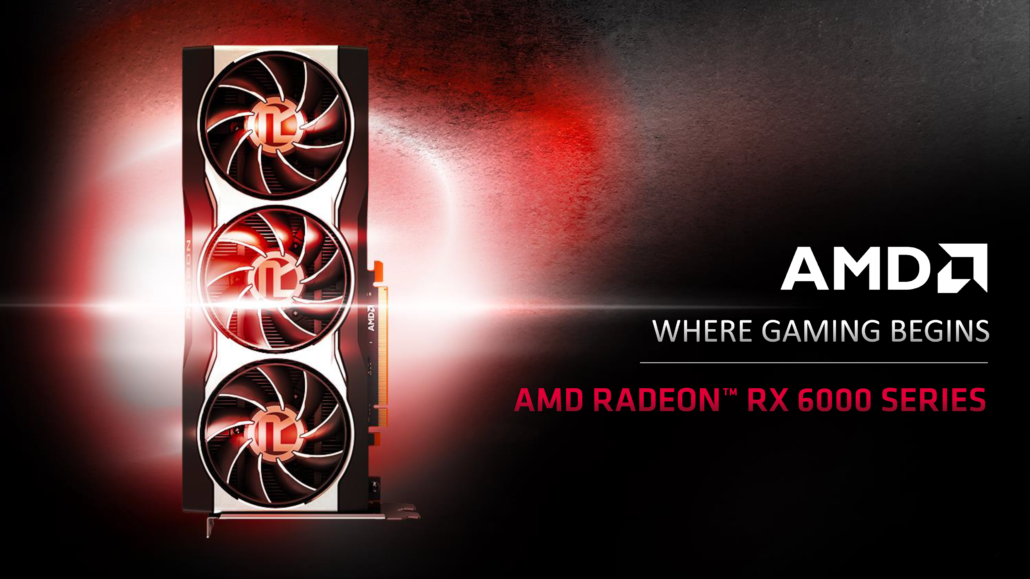
Following is a look at the specs of both cards before we give a breakdown the architectural and feature side.
AMD Radeon RX 6800 XT “Big Navi 21 XT” GPU Powered 16 GB Graphics Card
The AMD Radeon RX 6800 XT will come packed with the Navi 21 XT GPU which is a cut-down SKU featuring 72 Compute Units or 4608 SPs. The card will also feature 16 GB of GDDR6 memory across a 256-bit bus interface, a 512 GB/s total bandwidth, and clock speeds of 2015 MHz base and 2250 MHz boost at reference specs. The AMD Radeon RX 6800 XT also packs 72 Ray Accelerators which are dedicated for real-time raytracing workloads. The card will feature a based TBP of 300W with factory overclocked models pushing it above 350W and will arrive at a later date.
In addition to the standard memory, the Radeon RX 6800 series graphics cards will also feature 128 MB of Infinity Cache on the GPU die. The cache will help boost bandwidth for higher performance at resolutions beyond 1080p HD. The 128 MB Infinity Cache boosts the standard 512 GB/s bandwidth by 3.25x, delivering an effective bandwidth of up to 1.664 TB/s across all Big Navi GPU based graphics cards.
In terms of performance, the AMD Radeon RX 6800 XT is shown to compete against the GeForce RTX 3080 graphics card. The card features a 20W lower total board power & delivers better GPU performance in several AAA titles using the best API (Vulkan / DirectX 12). AMD is also bringing its Rage mode back which is an automatic overclocking tool within its Radeon Software suite which delivers even higher performance along with a nifty new feature known as Smart Access. Gains of up to 13% were showcased with the said features as can be seen below.
AMD Radeon RX 6800 “Big Navi 21 XL” GPU Powered 16 GB Graphics Card
The AMD Radeon RX 6800 graphics card will feature an even more cut down Navi 21 “Big Navi” GPU with 60 Compute Units of 3840 stream processors. The AMD Navi 21 XL GPU is going to feature clock speeds of 1815 MHz game and 2105 MHz boost clocks at reference specs.
It was also stated that the AMD Radeon RX 6800 with Navi 21 XL GPU could feature a TBP of 250W at stock clocks. The card will feature the same VRAM config of 16 GB GDDR6 memory, a 256-bit bus interface with the memory clocking in at 16 Gbps which will deliver a net bandwidth of 512GB/s.
The AMD Radeon RX 6800 will be featuring performance faster than the GeForce RTX 2080 Ti with smart access memory feature enabled. The graphics card will be ideally positioned against the RTX 3070 for just a $79 US higher price, yet offering much better performance and twice the memory of its main competition.
AMD Radeon RX 6000 Series “RDNA 2” Graphics Card Lineup:
| Graphics Card | AMD Radeon RX 6700 | AMD Radeon RX 6700 XT | AMD Radeon RX 6800 | AMD Radeon RX 6800 XT | AMD Radeon RX 6900 XT |
|---|---|---|---|---|---|
| GPU | Navi 22 (XL?) | Navi 22 (XT?) | Navi 21 XL | Navi 21 XT | Navi 21 XTX |
| Process Node | 7nm | 7nm | 7nm | 7nm | 7nm |
| Transistors | TBA | TBA | 26.8 Billion | 26.8 Billion | 26.8 Billion |
| Compute Units | TBA | 40 | 60 | 72 | 80 |
| Stream Processors | TBA | 2560 | 3840 | 4608 | 5120 |
| TMUs/ROPs | TBA | TBA | 240 / 96 | 288 / 128 | 320 / 128 |
| Game Clock | TBA | TBA | 1815 MHz | 2015 MHz | 2015 MHz |
| Boost Clock | TBA | TBA | 2105 MHz | 2250 MHz | 2250 MHz |
| FP32 TFLOPs | TBA | TBA | 16.17 TFLOPs | 20.74 TFLOPs | 23.04 TFLOPs |
| Memory Size | 12 GB GDDR6 | 12 GB GDDR6 | 16 GB GDDR6 +128 MB Infinity Cache | 16 GB GDDR6 +128 MB Infinity Cache | 16 GB GDDR6 +128 MB Infinity Cache |
| Memory Bus | 192-bit | 192-bit | 256-bit | 256-bit | 256-bit |
| Memory Clock | 14 Gbps? | 16 Gbps? | 16 Gbps | 16 Gbps | 16 Gbps |
| Bandwidth | 320 GB/s | 384 GB/s | 512 GB/s | 512 GB/s | 512 GB/s |
| TDP | TBA | TBA | 250W | 300W | 300W |
| Price | TBA | TBA | $579 US | $649 US | $999 US |
AMD Radeon RX 6800 Series With Triple-Fan Cooling Solution
As for the designs themselves, the Radeon RX 6800 flagship cooling design looks amazing with the red and black design. The card features a triple axial-tech fan setup on the shroud and has a large aluminum heatsink that runs beneath it.
The card has a LED-lit Radeon logo on the side and there is a large cut out on the side for the fans to vent out hot air. This design is very reminiscent of the NVIDIA GeForce RTX 20 series Founders Edition cooler. The card will feature dual 8-pin power and display ports would include a USB Type-C (VirtualLink), 1 HDMI, and 2 DisplayPort connectors.
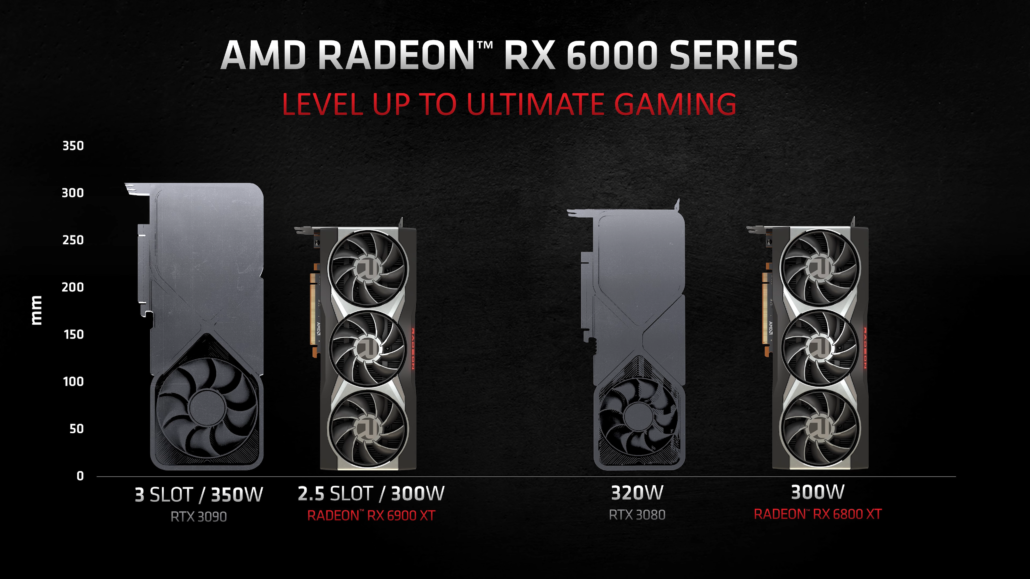
The card also features a fancy backplate along with a retention bracket to hold the cooler in place. The Radeon RX “Big Navi” GPU looks like it will come in the standard 2-slot reference design which is the same as NVIDIA’s flagship RTX 3080 but not as huge as the triple-slot GeForce RTX 3090.
AMD Radeon RX 6800 Series Graphics Cards Pricing & Availability
The AMD Radeon RX 6800 series graphics cards will be available starting 18th of November. The AMD Radeon RX 6800 XT is said to carry a price tag of $649 US while the Radeon RX 6800 will be carrying a price tag of $579 US. Both graphics cards will have custom variants available from all major AMD board partners, including ASRock, ASUS, Gigabyte, MSI, PowerColor, SAPPHIRE and XFX, beginning in November 2020.


